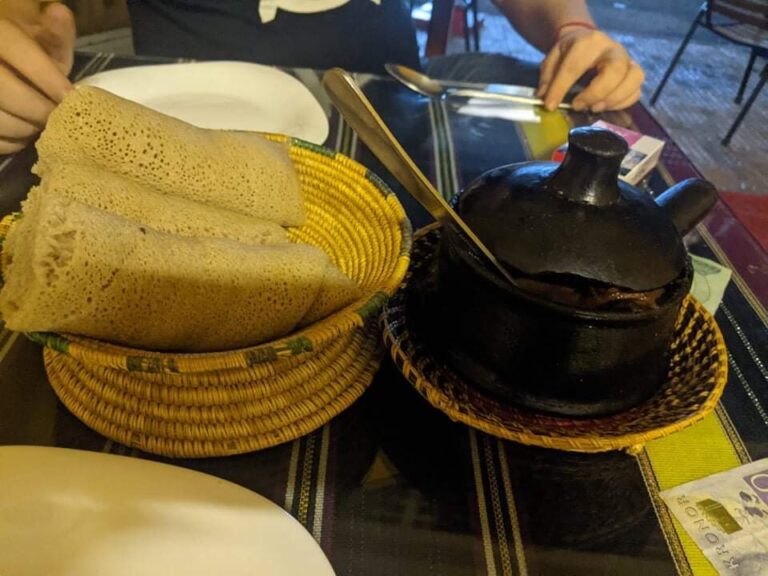Introduction to Eritrean Cuisine
Eritrean cuisine has a rich and diverse history, influenced by the country’s location at the crossroads of Africa and the Middle East. Eritrean cuisine is characterized by its use of spices and herbs, which adds flavor and depth to many dishes. Traditional Eritrean meals are served family-style on a large platter, with diners using injera, a sourdough flatbread, to scoop up the food.
Historical Influences on Eritrean Cuisine
The history of Eritrea is one of migration, conquest, and colonization, which has contributed to the country’s unique culinary traditions. The influence of neighboring countries such as Ethiopia, Sudan, Yemen, and Italy has had a significant impact on the development of Eritrean cuisine.
Italian Colonization of Eritrea
In 1885, Italy colonized Eritrea, which lasted until the country gained independence in 1993. During this period, the Italians introduced a range of new foods and cooking techniques, which had a significant impact on Eritrean cuisine.
Italian Cuisine in Eritrea During Colonization
The Italians brought with them many ingredients that were previously unknown in Eritrea, such as pasta, tomato sauce, and cheese. They also introduced new cooking methods such as frying, baking, and roasting, which transformed the way Eritreans prepared food. The Italians also established many coffee plantations in Eritrea, which remains a popular drink in the country to this day.
Modern-Day Eritrean Cuisine and Italian Influence
Today, the influence of Italian cuisine can still be seen in many Eritrean dishes. Italian ingredients such as tomatoes, chili peppers, garlic, and olive oil are commonly used in Eritrean cooking. Italian dishes, such as pasta, pizza, and lasagna, have also been adapted to suit local tastes and ingredients.
Italian Ingredients in Eritrean Dishes
One of the most popular Eritrean dishes that incorporates Italian ingredients is zighinì, a spicy stew made with meat, chili peppers, and tomatoes, served with injera. Another popular dish is timtimo, a pasta dish made with homemade tomato sauce and spices. Olive oil is also commonly used in salads and other dishes.
Similarities and Differences in Italian and Eritrean Cuisine
There are many similarities between Italian and Eritrean cuisine, including the use of pasta, tomatoes, and garlic. However, Eritrean cuisine is also influenced by other neighboring countries such as Ethiopia and Yemen, which have contributed unique spices and ingredients to the cuisine. Eritrean cuisine is also characterized by its use of injera, a sourdough flatbread that is not found in Italian cuisine.
Conclusion: Italian Influence on Eritrean Cuisine
The influence of Italian cuisine on Eritrean food is a testament to the enduring legacy of colonization and cultural exchange. While Eritrean cuisine has evolved and adapted over time, it remains deeply rooted in tradition and history. The fusion of Italian and Eritrean cuisine has created a unique culinary landscape that continues to inspire and delight food lovers around the world.

